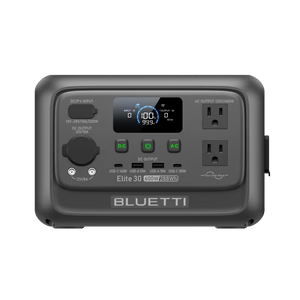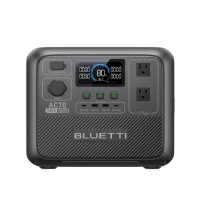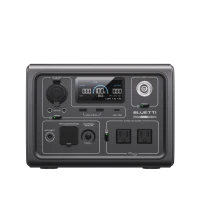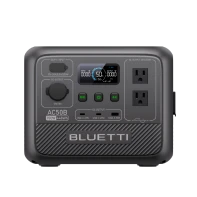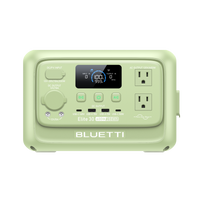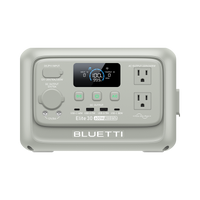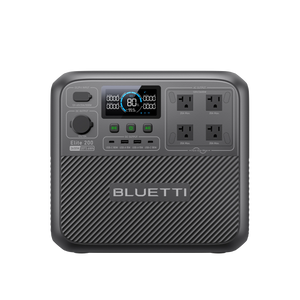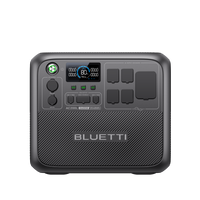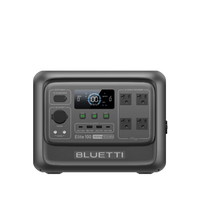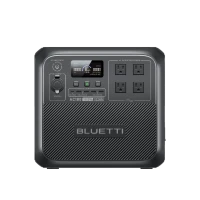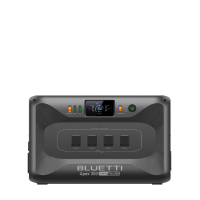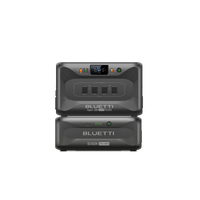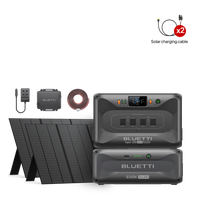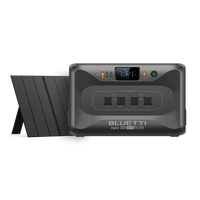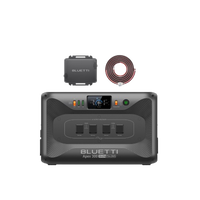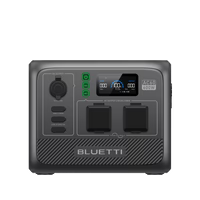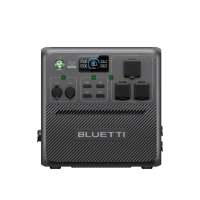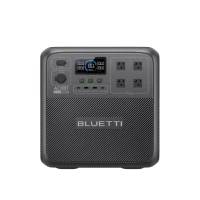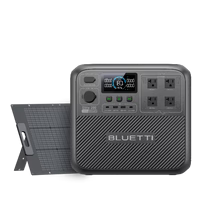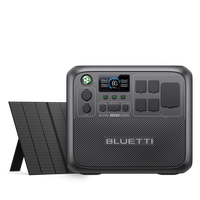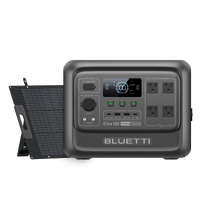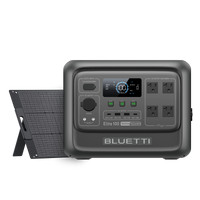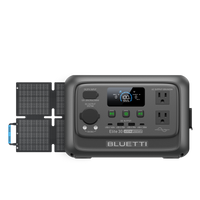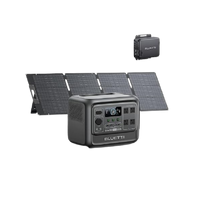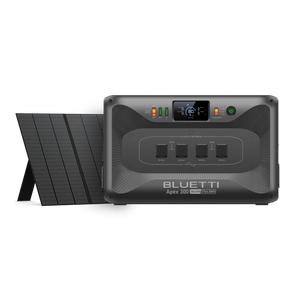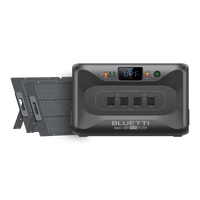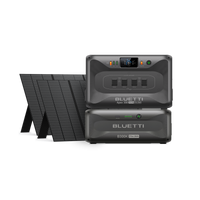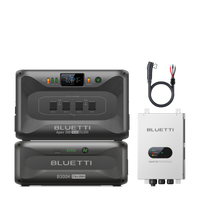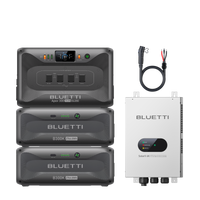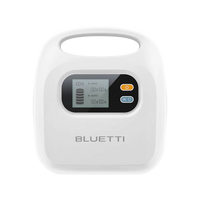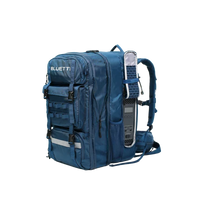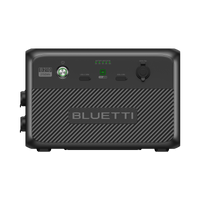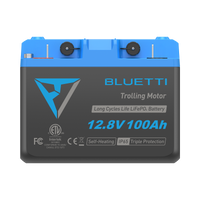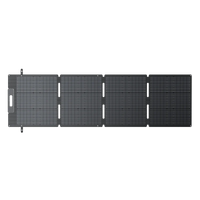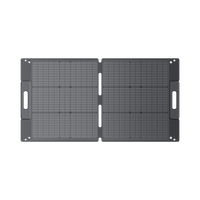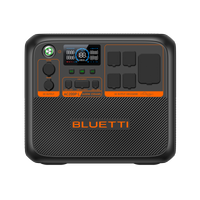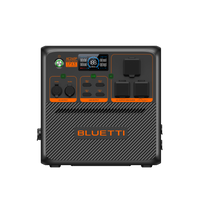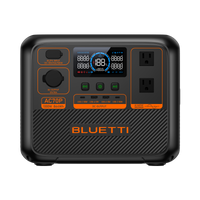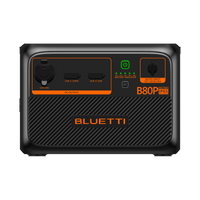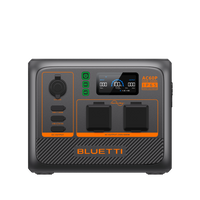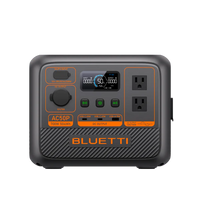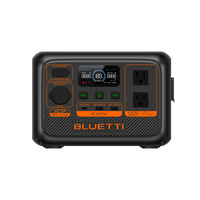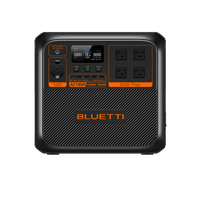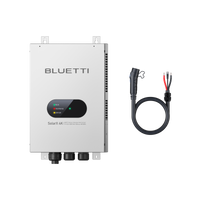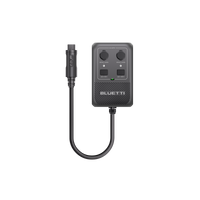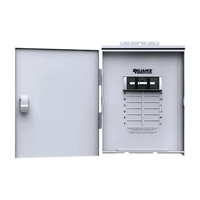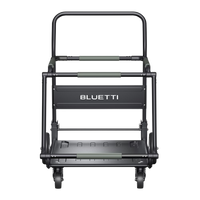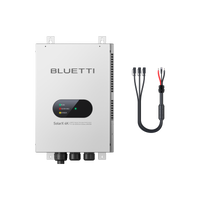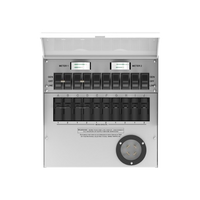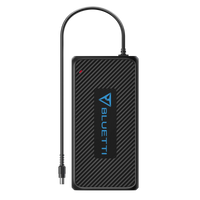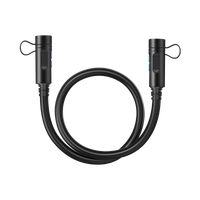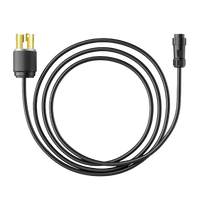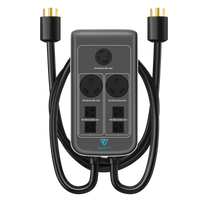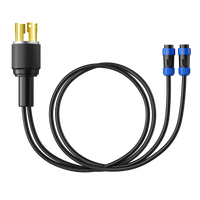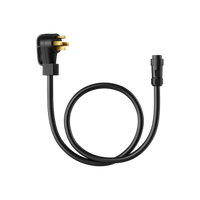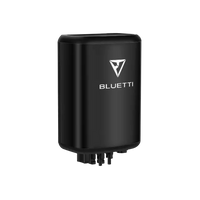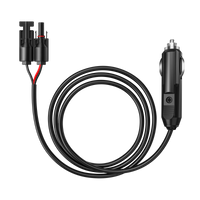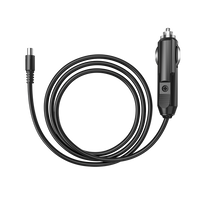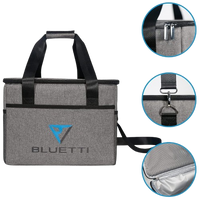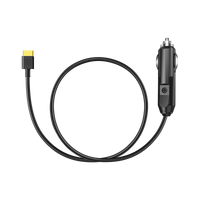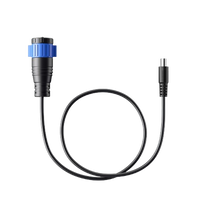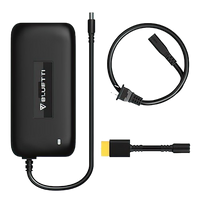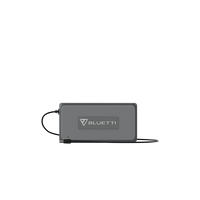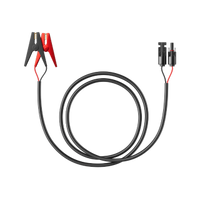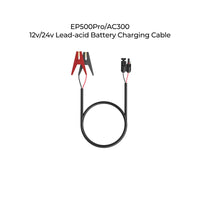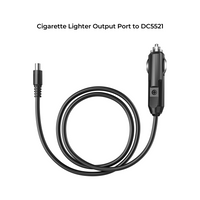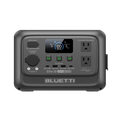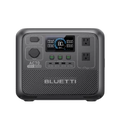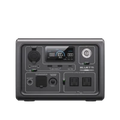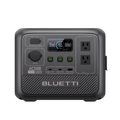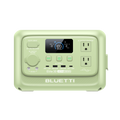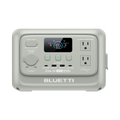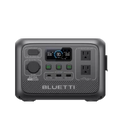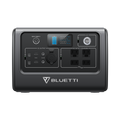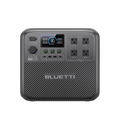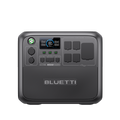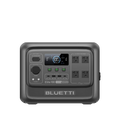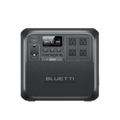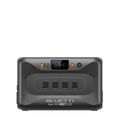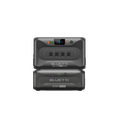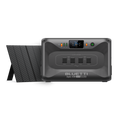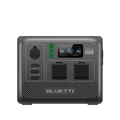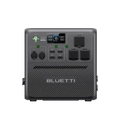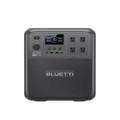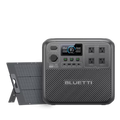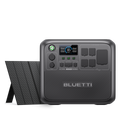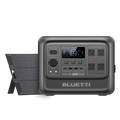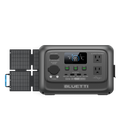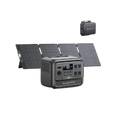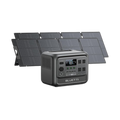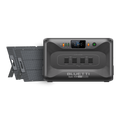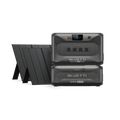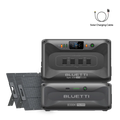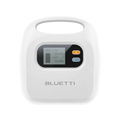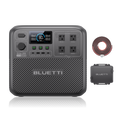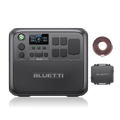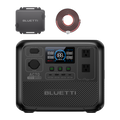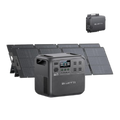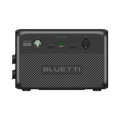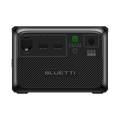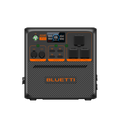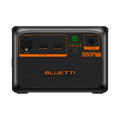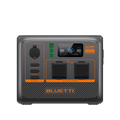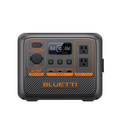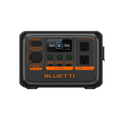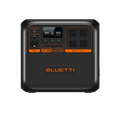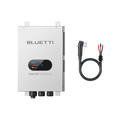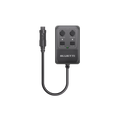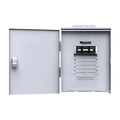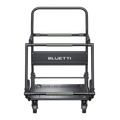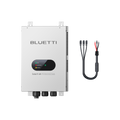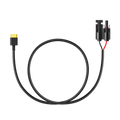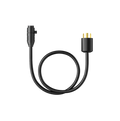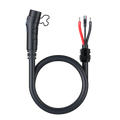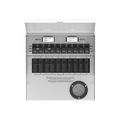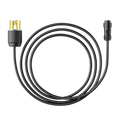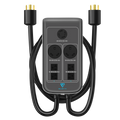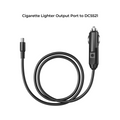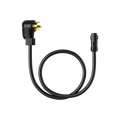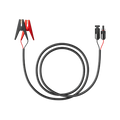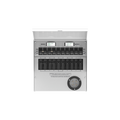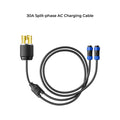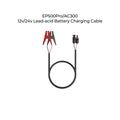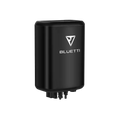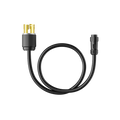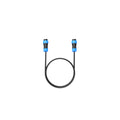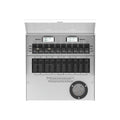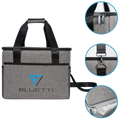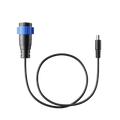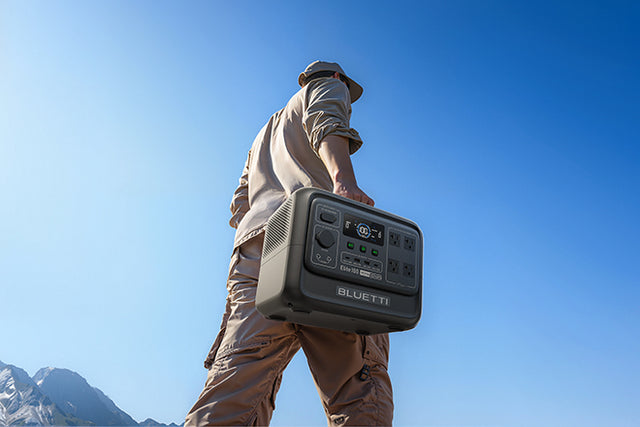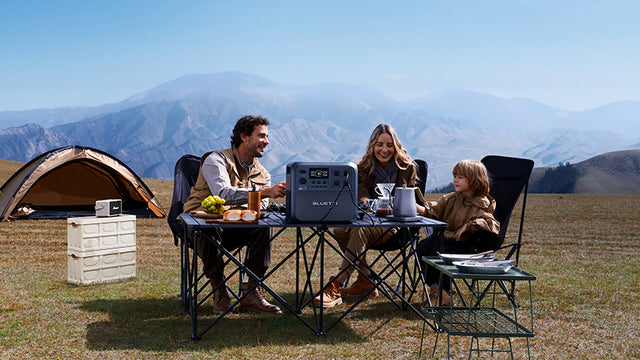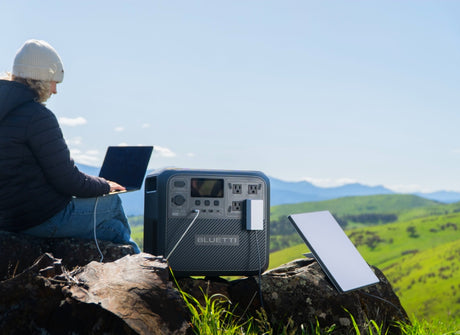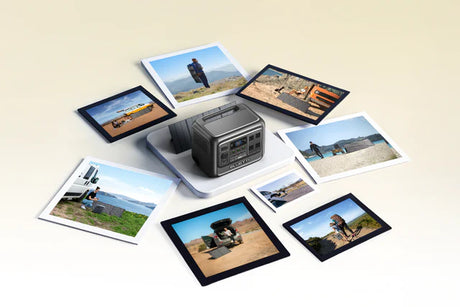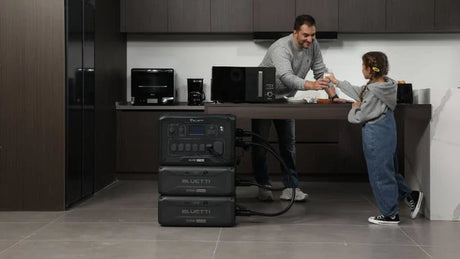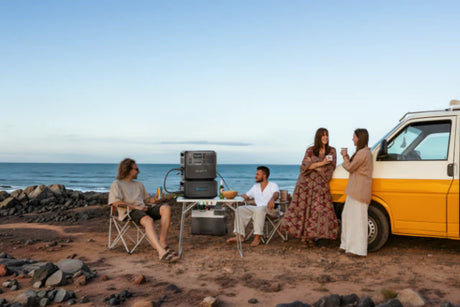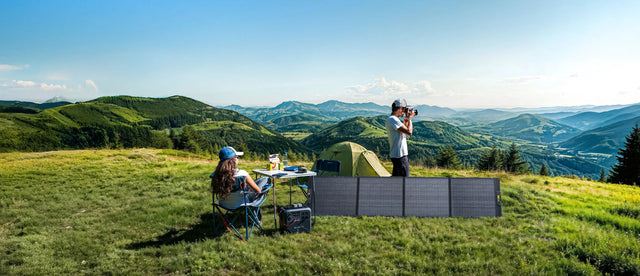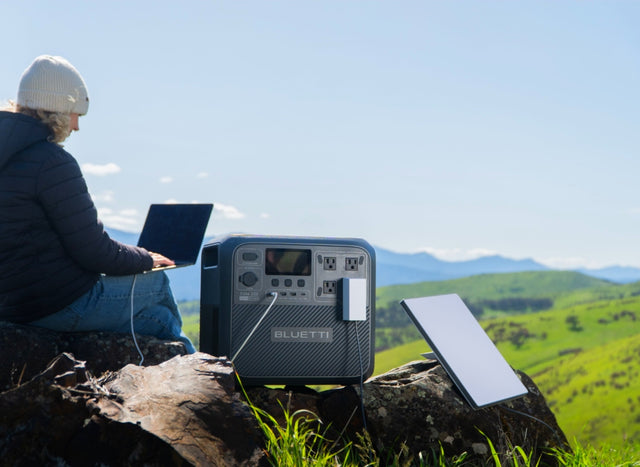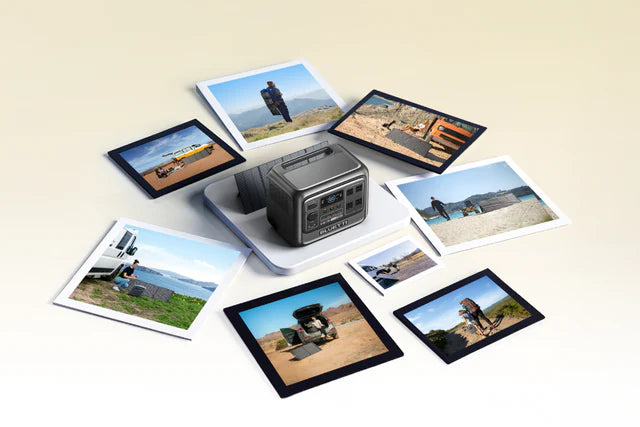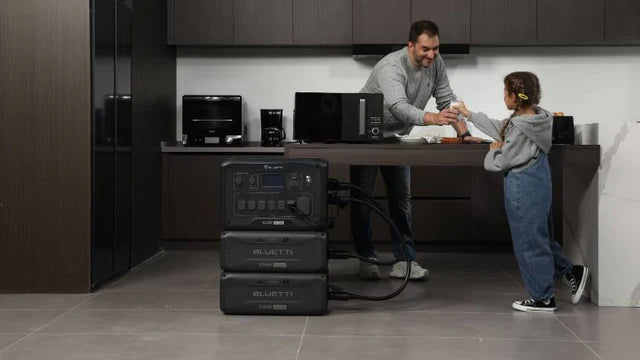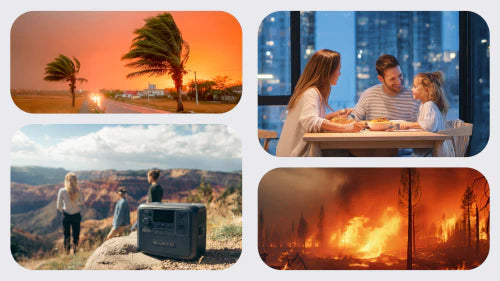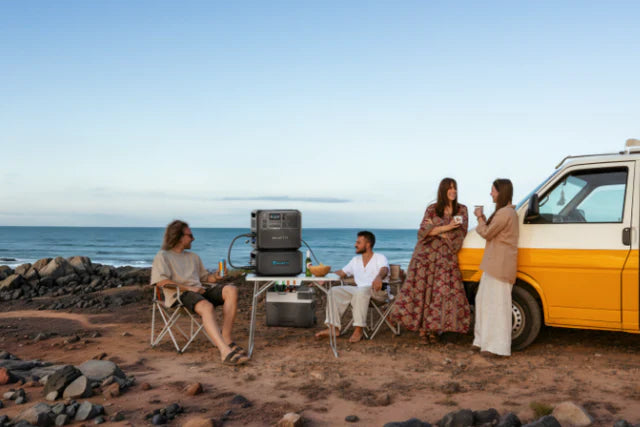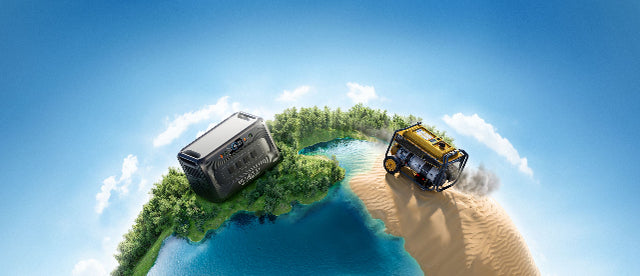Frozen pipes will always be an inconvenience and a disaster. A burst pipe can let out hundreds of gallons of water in hours, flooding basements, ruining drywall, and leaving a repair bill that would rival what the family spent on vacation.
Why do pipes freeze? Pretty basic science: water freezes, it expands. And when the temperature drops below 20 degrees Fahrenheit (-6 degrees C), that expansion puts tremendous pressure on the walls of the pipe. And here's something that most homeowners never think about: history repeats itself. If your home has ever experienced frozen pipes, those very same places become flags for the future. So what's the first preventive measure? Understand that your house is not impervious. Identify risks before you can actually do something about them.
Insulation Prevents Pipes from Freezing
Real battle-setting is actually what we call insulation. It's like winter wear for plumbing: it not only keeps any pipes warm, but it holds the cold at bay.
Proper Wrapping Keeps Pipes Safe
Foam sleeves-the most basic fix; cheap, easy to cut to fit-on an exposed pipe in the basement or garage. Right there, you will have cut the odds of freezing. Mineral wool is another option with an added bonus: it is fire-resistant. Covering outside spigots with insulation is worth every penny.
Draft-Sealing Protects Indoor Pipes
But don't stop at just the pipes. Cold air sneaks into homes through the weirdest places-cracks around vents, holes where wiring comes in, even tiny spaces under exterior doors. Seal those drafts with weather-stripping or spray foam. Each little gap that gets sealed will definitely help with more stable indoor temperatures, thus indirectly protecting pipes.
Outdoor Faucet Care Reduces Freezing Risks
Before the first real cold snap, turn off the outside faucets with the inside valve (when available in your home). Open the exterior spigot to drain any remaining water. Also, drain or blow out sprinkler systems using compressed air. Precautions are at least a hundred times better than trying to deal with a flooded lawn or ruptured underground lines.
Eco-Friendly Winter Prep Options
Note: You can use materials that are quite in vogue these days, such as recycled insulation materials. Some companies are wrapping with materials made from either recycled denim or reclaimed fibres. Not only helps in reducing landfill waste, but it's also efficient. These winter preparation steps are helpful for someone who composts fanatically or drives a hybrid.

Comparing Insulation Methods
|
Method |
Materials Needed |
Pros |
Cons |
Best For |
|
Foam Pipe Sleeves |
Pre-slit foam tubes |
Cheap, easy to install, widely available |
Less durable long-term |
Indoor exposed pipes |
|
Mineral Wool Wrap |
Mineral wool, wire, gloves |
Fire-resistant, excellent insulation |
Messy, needs careful install |
Basements & attics |
|
Insulated Spigot Covers |
Faucet cover kits |
Protects outdoor faucets easily |
Only for exterior spigots |
Outdoor faucets |
|
Spray Foam Insulation |
Spray foam cans, applicator |
Seals drafts + insulates tight spaces |
Can be messy, semi-permanent |
Around vents/wiring |
|
Recycled Denim Wraps |
Eco-wrap kits |
Sustainable, soft to handle |
Pricier, less common |
Eco-conscious users |
Tables like this make decisions easier; you don't have to stand in the hardware aisle staring blankly at fifteen options.
Everyday Actions to Prevent Pipes from Freezing
Even the best of insulation requires some human intervention. These daily small habits will enable an individual to step forward to contribute and thereby prevent themselves from falling into a frozen catastrophe.
Keep Water Moving with a Small Drip Flowing
While it seems like wasting money keeping the faucet turned on for a microscopic drip, it's a small thing that would be helpful in creating movement in the water. Moving water will, as a rule, not freeze, particularly at borderline temperatures. Just remember to save the bowl in the sink so that you can use the water for your plants if you're feeling bad about wasting it.
Open Cabinets for Warm Air Circulation
Got kitchen-sink pipes under the exterior wall? Open those cabinet doors, let that warm air circulate into the insides, and keep those pipes warm. It may sound weird, but it works.
Maintain a Consistent Thermostat Setting
Humans make the thermostat low sometimes when they leave for work or a weekend trip. This is a big No. In this situation, the most vulnerable pipes suddenly get over the edge. Keep it on steady - maybe a little bit lower; maximum just a few degrees.
Extra Protection During Extreme Cold
Let there be a thin trickle of water running from overnight into the taps in a house with the most vulnerable pipes on cold winter nights. Yes, it will raise the water bill a little, but it is probably cheaper than cleaning up the damage caused by a flood to your home. Just ensure your drains are clear to prevent any possible backups.

Smart Tech Solutions to Save From Dangerously Low Temperatures
And here is the modern twist: app-based thermostats. So while you're lazing in Florida on holiday, you can adjust that thermostat another degree or two in Minnesota, just to be on the safe side. That alone is worth it for peace of mind. Oh, and many of these devices will send alerts when indoor temps dive dangerously low, so you can call a plumber before the water starts going everywhere.
Maintain Healthy Indoor Humidity to Protect Plumbing
That low winter humidity drying out the skin was also infamous for another trick. They freeze things at super speed. The dry air allowed their compounds of heat absorption to escape from pipes at much, much faster rates. The humidifier will keep the humidity between 30% and 40%, so the air will be warm enough to help protect plumbing.
Close Garage Doors in Winter
It is an obvious thing to say: people tend to forget; 10 minutes open in freezing conditions will chill the pipes inside a wall. Make it a habit to shut it at once, especially at night.
Use Space Heaters Safely and Sparingly
Setting a small electric space heater in a room with past tendencies to chill would keep the area safe. Near the piping lines, but never too close, definitely not unattended, and it would be short-term yet effective during an Arctic blast.
Rotate Faucets to Keep Water Moving
Instead of leaving a single faucet dripping overnight, rotate which faucets open slightly during the night. This keeps water flowing through different parts of your plumbing system while reducing the chance of one particular vulnerable line freezing solid.
Use Curtains for Passive Solar Heat
That could be opened wide the following day to allow sunlight in. That little passive solar warmth would count for a few extra degrees for your pipes stuck against cold exterior walls. Store curtains or blinds closed to avoid heat escaping the rooms through the night.
Frozen Pipe Emergency: What to Do Next
So, worst-case scenario: you've got ice in your pipes. Now what? First: calm down. Second: Put that blow torch down. We are serious: open flame near pipes is the worst thing you could do.
Safe Ways to Thaw Frozen Pipes
Instead, we're going to start slow and soft. Hair dryer as a source of gentle application really gets it going, especially if you keep it slowly moving on the affected area. Warm towels wrapped around the pipe work also. If you are using space heaters, aim them in that direction, but never unattended.
Shut Off the Water Immediately if Pipes Burst
As soon as you see a break, the first thing you're going to do is kick that valve to the off position at your house's main water inlet. That step right here could save thousands upon thousands in damages already. Next in line is calling a plumber. Nothing can substitute professional service when pipes rupture, regardless of the number of YouTube tutorials.

Handling Insurance After Pipe Damage
This is where a lot of people end up blindsided: insurance. Most common homeowner policies cover water damage from busted pipes, so that would be fine. Document the damage, keep your receipts for all emergency repairs, and then get your claim in front of an insurance agent ASAP. If a delayed denial could happen. And if you are filing a claim for the first time, be aware that insurers love details: the more documentation, the smoother the ride will be.
Long-Term Improvements for Your Home
Prevention means much more than throwing on some foam sleeves; it involves seeing and investing in your home's long-term defences.
Improving Overall Insulation Prevents Heat Loss
Poor insulation in your basement walls or floor above can cause heat to be lost much faster and increase the chances of freezing pipes. Insulation does not have the glamour, but it pays big: low energy bills and few plumbing failures.
Additional upgrades worth considering:
-
Insulating hot water pipes to reduce heat loss.
-
Adding foam board or spray foam around rim joists.
-
Installing energy-efficient windows and doors to reduce drafts.
Expert Consultation for Detailed Solutions
If pipes freeze every year despite your best efforts, it may be time for a professional assessment. Licensed plumbers can reroute vulnerable water lines away from exterior walls, install heat trace cables to keep pipes warm, or recommend permanent system upgrades. In colder regions, experts can also check whether your home’s heating system is properly sized to maintain safe indoor temperatures during extreme weather.
Other expert interventions may include:
-
Upgrading to frost-proof outdoor spigots.
-
Installing automatic shut-off valves linked to leak detectors.
-
Adding a whole-home backup energy system to keep heating reliable during outages.
Budget Breakdown to Make Long-Term Improvements
As far as the money aspect is concerned:
-
Regular pipe wrapping: $50-$200, depending on house size.
-
Electric heat tape: $100-$300 for several areas.
-
Professional rerouting: A bare minimum of $1,000 up, depending on complexity.
Oh, that last figure really does hurt. Remember, cleaning up after one burst pipe usually costs $5,000 or more. Seen in that light, it is practically a bargain for prevention.
Extra Winter Prep & Smart Backup Power
Cold snaps like to surprise, which is why a few more general preparations should be layered onto the insulation and day-to-day habits. Get those drafts sealed anywhere plumbing is near exterior walls; check that outdoor shut-off valves are closed and faucets drained before that first good freeze; and have towels, buckets, and a simple tool kit ready for easy access. Recognise areas in your home that are particularly cold during exposure.
On cold-weather alerts, activate a low-key regimen: allow airflow by opening a few doors, bump the thermostat 1 or 2 degrees higher for the night, and ensure app settings are functional. None of these tasks is rocket science, but taken together, they create an insurance framework for extreme temperature drops.
And since winter storms usually bring power outages right when heat and monitoring are most needed, think through portable versus whole-home options for backup power to help keep you warm and connected, depending on how far you want to scale back your design.
BLUETTI Elite 100 V2
The BLUETTI Elite 100 V2 gives a capacity of 1,024Wh with an output power of 1,800W, enough for running space heaters, routers, or TVs. It has <10ms UPS that keeps these devices going without interruption; then TurboBoost™ restores 80% power to the battery in just 45 minutes for last-minute winter preparedness. With a 4,000-cycle LiFePO₄ battery designed for 10+ years of service, the Elite 100 is the long-term safeguard against freezing nights. Silent operation (30dB) makes it ideal for overnight use, helping maintain steady indoor warmth-and preventing frozen, burst water pipes when the mercury drops dangerously low.

The BLUETTI Apex 300
The BLUETTI Apex 300 single-handedly guards your home against dangerously cold weather, which freezes pipes. At 2,764.8Wh capacity and up to 3,840W output (7,680W Power Lifting Mode), it powers both 120V and 240V appliances-from furnaces and heaters to fridges and routers-ensuring warmth and continuity when pipes are most at risk.

Regional, Sustainable, and Postcare Considerations
Each house poses different threats to any given pipe from the others, these threats depending on where you live and how exactly your house was built, and then after any pipe emergency. The outcome can vary depending on these factors. All these features include a blend of different regions, green hacks, and aftercare after a freeze.
Regional
Regional differences in geographies mean they are attached to different threats. Bitterly cold weather can go well below zero for weeks in the northern states. Proper pipe insulation and sometimes heating cables must be used with such cold temperatures. On top of this, mountains also bear super chilly crawl spaces in attics, showing that they don't go as low, but the salt air and winter storms speed up corrosion on outdoor fixtures and exposed piping.
The point is, don't take a one-size-fits-all checklist. Get ready with preparation according to the climate in your area, the style of your house according to its age, and municipal or private water.
Aftercare and Recovery
So now what? From freezing to bursting, repairing a pipe is merely the first step. The far more difficult task is what comes after that. It then becomes a silent attacker; if left untreated, long-term moisture would initiate mould development, structural weakness, and a set of issues cropping up later on.
The primary concern is to remove moisture. Pump out standing water with a wet/dry vacuum, then set up dehumidifiers and fans to expedite the drying process. In winter, heaters help to evaporate the remainder of the moisture. Make sure to consider insulation, carpets, and wood floors, which might hold the moisture for quite some time. In many other scenarios, flooded insulation and drywall must be cut out and replaced so that any hidden rotting and mould would not form.
Now, immediately, disinfect the affected areas. Water from burst pipes may also contain toxins, especially if allowed to pollute from the exterior and gutter water. The antimicrobial cleaning solutions must be employed to wipe all the surfaces to make the site safe for habitation.
It is also very critical to inspect electrical systems across all water-exposed areas. Water intrusion can compromise your wiring, outlets, or any water appliances. Call an electrician if you suspect any possible damage.
Finally comes documentation for insurance claims: photographs, receipts for repairs and equipment rentals, and a log of all restoration. Most homeowner insurance plans will cover burst-pipe damage, but those with records will find it smoother.
If the damage is too much to handle, a professional restoration service is the best way to go. However, any leak must be taken seriously. Fast action following a burst pipe does more than only resolve the immediate problem; it protects your home from health, safety, and long-term value.
Conclusion
Insulation and sealing drafts are the first steps. Daily habits such as dripping faucets and constant heating add layers of protection. Tech gadgets let you monitor from afar. And if the emergency does come, knowing how to safely thaw and make an insurance claim might save you money and sanity.
To the best of my judgment, the homes that breeze through winter unscathed are not always the new or expensive ones. They are the ones whose owners are attentive, plugging gaps, wrapping pipes, and thinking two steps ahead. Winter does not wait, and pipes do not care that you are busy.
